Home>Maintenance & Safety>Safety Equipment & Products>How To Childproof A Light Switch
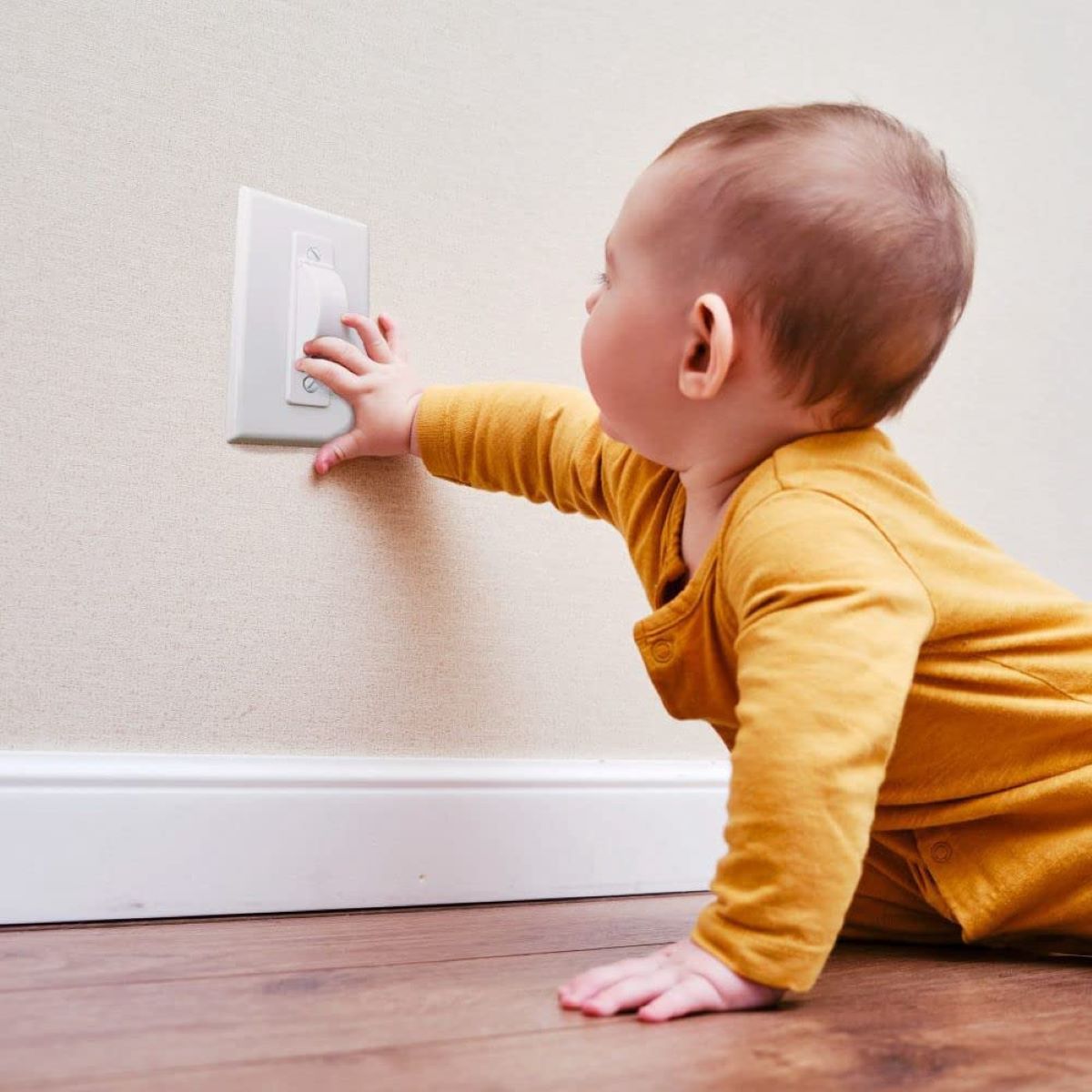

Safety Equipment & Products
How To Childproof A Light Switch
Modified: September 2, 2024
Discover essential safety equipment and products for childproofing light switches. Learn how to keep your home safe for little ones.
(Many of the links in this article redirect to a specific reviewed product. Your purchase of these products through affiliate links helps to generate commission for Storables.com, at no extra cost. Learn more)
Introduction
Childproofing a home is an essential step in ensuring the safety and well-being of young children. While many parents focus on securing cabinets and blocking stairways, it's crucial not to overlook potential hazards posed by light switches. Young children are naturally curious and may be drawn to light switches, posing a risk of electrical shock or other accidents. In this comprehensive guide, we will explore the importance of childproofing light switches and provide practical tips for creating a safer environment for your little ones.
As a parent or caregiver, it's natural to prioritize the safety of your children. Childproofing your home is a proactive approach to mitigating potential risks and creating a secure space for exploration and play. By addressing the often-overlooked aspect of light switch safety, you can significantly reduce the likelihood of accidents and injuries.
In the following sections, we will delve into the specific risks associated with unsecured light switches and explore various childproofing options. From simple solutions to more advanced devices, there are numerous strategies available to safeguard against potential dangers. We will also provide step-by-step guidance on installing childproofing devices, ensuring that you can implement these measures effectively and with confidence.
By taking the time to understand the risks and implement appropriate safety measures, you can create a home environment that promotes both curiosity and security for your children. Let's embark on this journey to childproofing light switches, empowering you to make informed decisions and safeguard your little ones from preventable accidents.
Key Takeaways:
- Childproofing light switches is crucial to prevent electrical hazards, accidental activation, and unwanted access. Simple solutions like outlet covers and smart switches can effectively safeguard young children from potential dangers.
- In addition to childproofing light switches, educating children, managing electrical cords, and conducting regular safety inspections are essential for creating a secure home environment. Professional electrical assessments can further enhance overall safety measures.
Read more: How To Wire A Ceiling Light To A Switch
Understanding the Risks
Light switches are ubiquitous in homes, often positioned within easy reach of young children. While these fixtures may seem innocuous, they can pose several risks if left unprotected. Young children are naturally curious and may attempt to interact with light switches, unaware of the potential dangers. It’s essential to recognize the specific risks associated with unsecured light switches to effectively mitigate these hazards.
Electrical Hazards: Unprotected light switches present a risk of electrical shock if a child inserts objects, such as keys or metal toys, into the switch openings. This can result in serious injury or even prove fatal in severe cases. Additionally, curious fingers exploring the switch panel can lead to contact with live electrical components, posing a significant danger.
Accidental Activation: Children may inadvertently turn lights on or off, potentially causing disorientation or creating an environment with inadequate illumination. This can be particularly hazardous in areas such as stairwells or bathrooms, where visibility is crucial for safety.
Exploratory Behavior: Young children often engage in exploratory behavior, and light switches can be a captivating point of interest. Their curiosity may lead them to repeatedly toggle the switches, increasing the risk of wear and tear on the electrical components and potentially causing malfunctions or short circuits.
Preventing Unwanted Access: In some cases, light switches may control appliances or devices that should not be operated by children, such as ceiling fans or bathroom heaters. Unrestricted access to these switches can lead to unintended consequences and compromise overall safety.
By understanding these risks, parents and caregivers can appreciate the importance of implementing childproofing measures for light switches. Recognizing the potential hazards allows for informed decision-making and empowers individuals to take proactive steps to mitigate these dangers effectively.
Childproofing Options
When it comes to childproofing light switches, there are several effective options to consider, each tailored to address specific safety concerns. From simple solutions to more advanced devices, the goal is to create a protective barrier that prevents children from accessing or tampering with the switches while maintaining convenient access for adults. Let’s explore some of the most popular childproofing options available:
- Outlet Covers: These covers are designed to fit over standard light switch plates, preventing children from accessing the switches. They are typically easy to install and provide a physical barrier that deters curious fingers from reaching the switches.
- Sliding Plate Covers: Sliding plate covers feature a movable panel that can be adjusted to block access to the switches. These covers are designed to allow adults to easily slide the panel aside when access to the switches is needed, providing a balance between childproofing and usability.
- Toggle Switch Locks: These devices are specifically designed to secure toggle-style light switches, preventing them from being flipped on or off by young children. Toggle switch locks are often simple to install and can be an effective deterrent against accidental activation.
- Dimmer Switch Guards: For homes equipped with dimmer switches, guards can be installed to prevent children from adjusting the lighting levels. These guards are designed to encase the dimmer switch, restricting access while allowing adults to operate the switch as needed.
- Smart Switches: Smart switches offer advanced childproofing capabilities by allowing remote control and scheduling of lighting. Some smart switches feature app-based controls, enabling parents to manage the lights from their smartphones and prevent unauthorized access by children.
Each of these childproofing options presents a viable solution for safeguarding light switches in homes with young children. When selecting a childproofing method, it’s important to consider the specific types of switches in your home and choose a solution that aligns with your family’s needs and lifestyle. By exploring these options, you can identify the most suitable childproofing measures to enhance the safety of your home environment.
Consider installing a light switch cover or guard to prevent young children from accidentally turning the lights on or off. These covers can be easily installed and provide a physical barrier to the switch.
Installing Childproofing Devices
Once you have selected the appropriate childproofing devices for your light switches, it’s essential to ensure that they are installed correctly to maximize their effectiveness. Proper installation not only enhances safety but also ensures that the switches remain functional for adult use. Let’s explore the step-by-step process for installing common childproofing devices for light switches:
- Prepare the Area: Begin by turning off the power to the light switch at the circuit breaker to eliminate the risk of electrical shock during the installation process. Use a voltage tester to confirm that the power has been successfully cut off before proceeding.
- Remove the Switch Plate: Unscrew the existing switch plate using a screwdriver and carefully detach it from the wall. Keep the screws in a secure location to prevent misplacement.
- Install the Childproofing Device: Depending on the type of childproofing device you have chosen, follow the manufacturer’s instructions to securely attach it over the light switch. Ensure that the device fits snugly and does not obstruct the switch’s functionality for adults.
- Test the Functionality: Once the childproofing device is installed, test the light switch to verify that it can be operated by adults while effectively preventing access by children. Ensure that the device does not impede the switch’s movement or create any safety hazards.
- Secure the Switch Plate: After confirming that the childproofing device is properly installed and functional, reattach the switch plate using the original screws. Tighten the screws securely to ensure that the plate is firmly in place.
- Restore Power and Verify: Turn the power back on at the circuit breaker and verify that the light switch operates as intended. Check the childproofing device to ensure that it remains securely in place and provides the necessary protection against unauthorized access.
By following these installation steps, you can effectively childproof your light switches and minimize the associated risks for young children. It’s important to approach the installation process with care and attention to detail, ensuring that the childproofing devices are seamlessly integrated into your home’s electrical safety measures.
Additional Safety Measures
While childproofing light switches is a crucial aspect of home safety, there are additional measures that parents and caregivers can implement to further enhance the overall security of their living spaces. By combining multiple safety strategies, you can create a comprehensive approach that minimizes potential hazards and promotes a secure environment for children. Let’s explore some additional safety measures that can complement the childproofing of light switches:
- Education and Supervision: Educating children about the potential dangers of light switches and electrical outlets is essential. Teach them about the risks associated with tampering with switches and emphasize the importance of seeking adult assistance when lighting adjustments are needed. Additionally, maintaining vigilant supervision of young children can prevent unauthorized access to light switches.
- Electrical Cord Management: Keep electrical cords and wires neatly organized and out of reach to prevent children from tripping over them or inadvertently pulling on cords connected to appliances or lamps. Utilize cord organizers and secure any excess cord length to minimize potential hazards.
- Regular Safety Inspections: Conduct routine inspections of light switches, electrical outlets, and childproofing devices to ensure that they remain in optimal condition. Check for signs of wear, damage, or loose fittings, and promptly address any maintenance or replacement needs to uphold the effectiveness of safety measures.
- Emergency Response Planning: Develop and communicate a clear emergency response plan that includes procedures for addressing electrical accidents or incidents involving light switches. Ensure that family members are aware of emergency contact information and the location of circuit breakers for quick power shutoff if necessary.
- Professional Electrical Assessment: Consider engaging a qualified electrician to conduct a comprehensive assessment of your home’s electrical safety. They can identify potential risks, recommend safety enhancements, and address any underlying electrical concerns to bolster the overall security of your living environment.
By incorporating these additional safety measures alongside the childproofing of light switches, you can create a well-rounded approach to home safety. Proactive education, regular maintenance, and professional assessments contribute to a secure and nurturing environment for children, empowering you to minimize risks and foster peace of mind within your home.
Conclusion
Childproofing light switches is a vital component of creating a safe and secure home environment for young children. By understanding the potential risks associated with unsecured switches and implementing effective childproofing measures, parents and caregivers can significantly reduce the likelihood of accidents and injuries. The combination of awareness, proactive measures, and ongoing vigilance plays a pivotal role in promoting the well-being of children within the home.
Throughout this guide, we have explored the importance of recognizing the risks posed by unsecured light switches and have delved into a range of childproofing options available to address these concerns. From outlet covers and sliding plate guards to smart switches and dimmer switch guards, there are diverse solutions to suit various household needs and preferences.
Furthermore, we have provided step-by-step guidance on installing childproofing devices, emphasizing the significance of proper installation to ensure both safety and functionality. Additionally, we’ve highlighted the value of incorporating additional safety measures, such as education, supervision, and professional assessments, to create a comprehensive approach to home safety.
As you embark on the journey of childproofing your home, remember that the well-being of your children is at the heart of these efforts. By staying informed, actively addressing potential hazards, and fostering a culture of safety within your household, you can create an environment that nurtures exploration and play while mitigating risks effectively.
Ultimately, childproofing light switches is not just about physical barriers; it’s about instilling a sense of security and empowerment for both children and caregivers. By taking these proactive steps, you are shaping a living space where safety, curiosity, and peace of mind coexist harmoniously, laying the foundation for cherished memories and carefree moments for your family.
Frequently Asked Questions about How To Childproof A Light Switch
Was this page helpful?
At Storables.com, we guarantee accurate and reliable information. Our content, validated by Expert Board Contributors, is crafted following stringent Editorial Policies. We're committed to providing you with well-researched, expert-backed insights for all your informational needs.
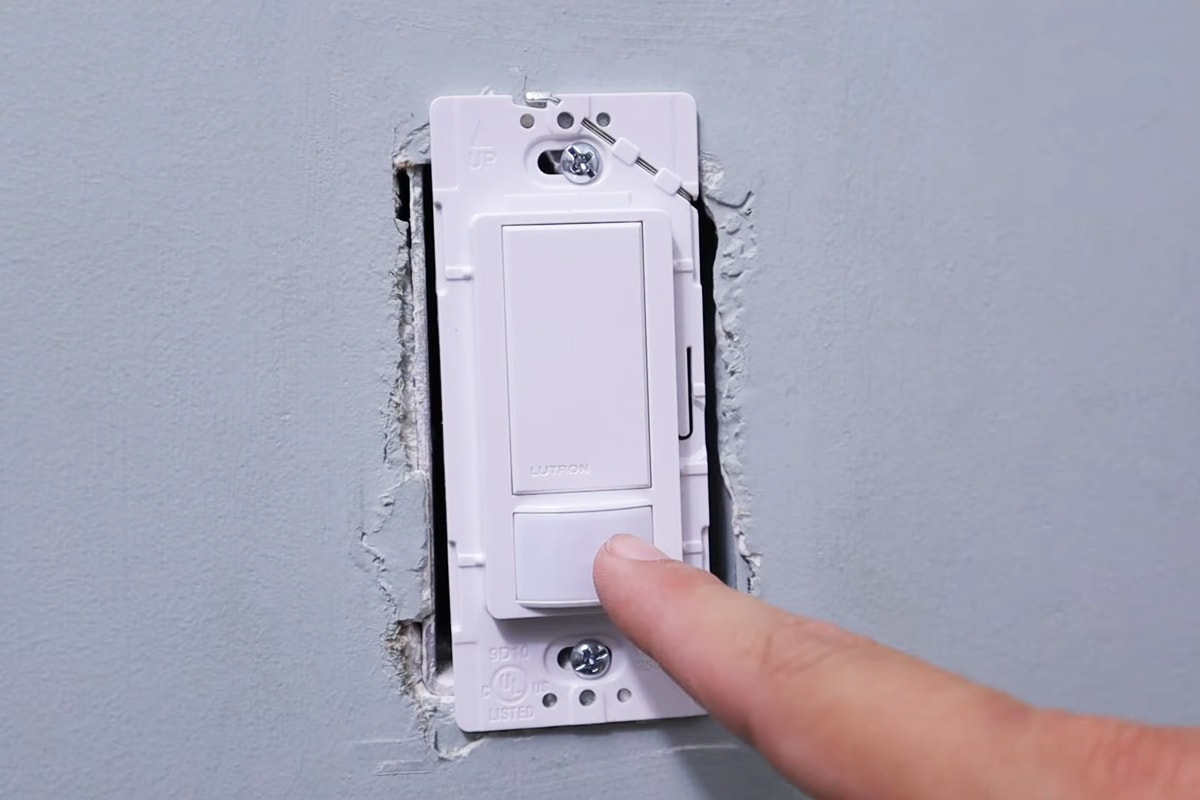

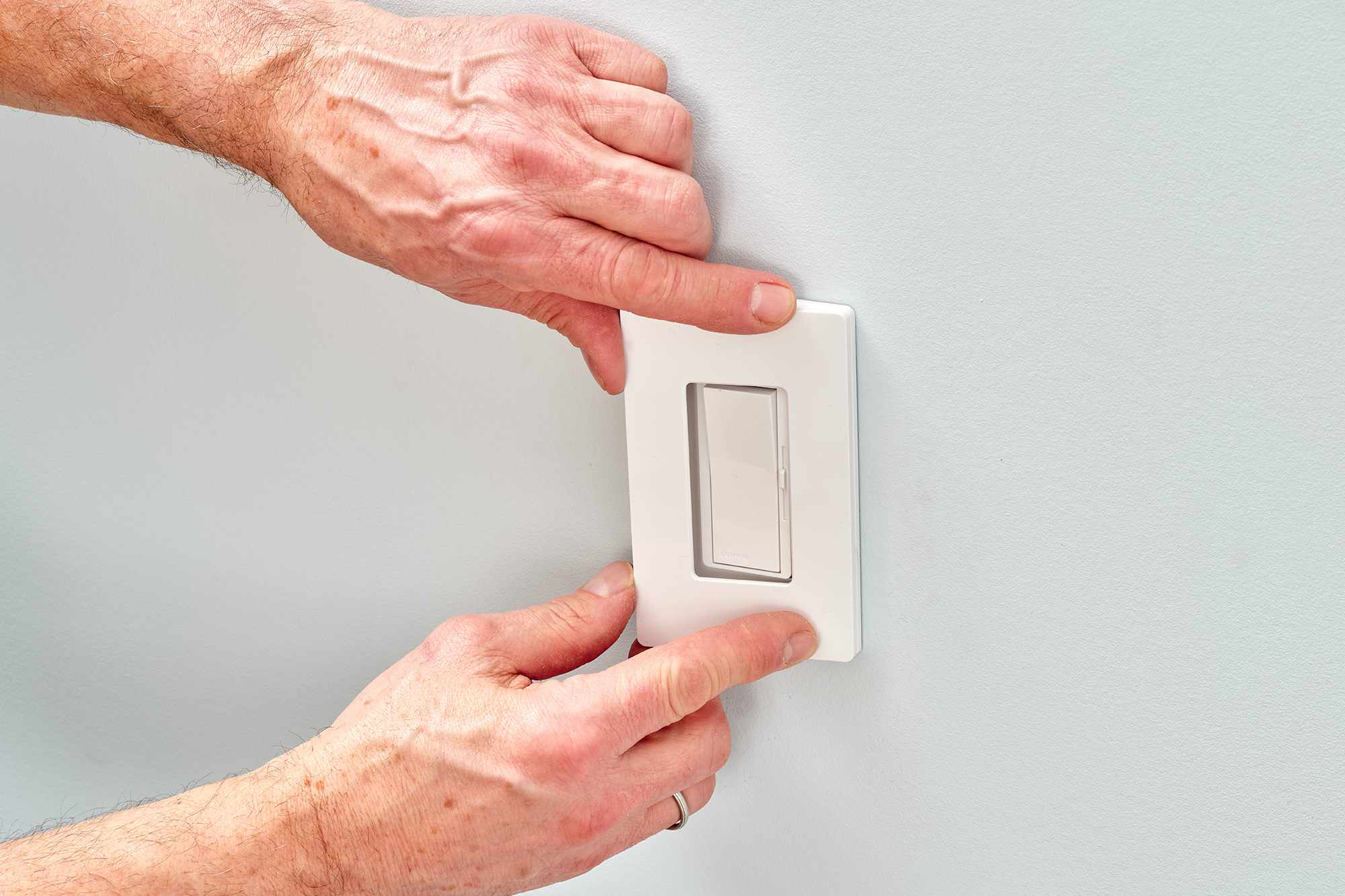
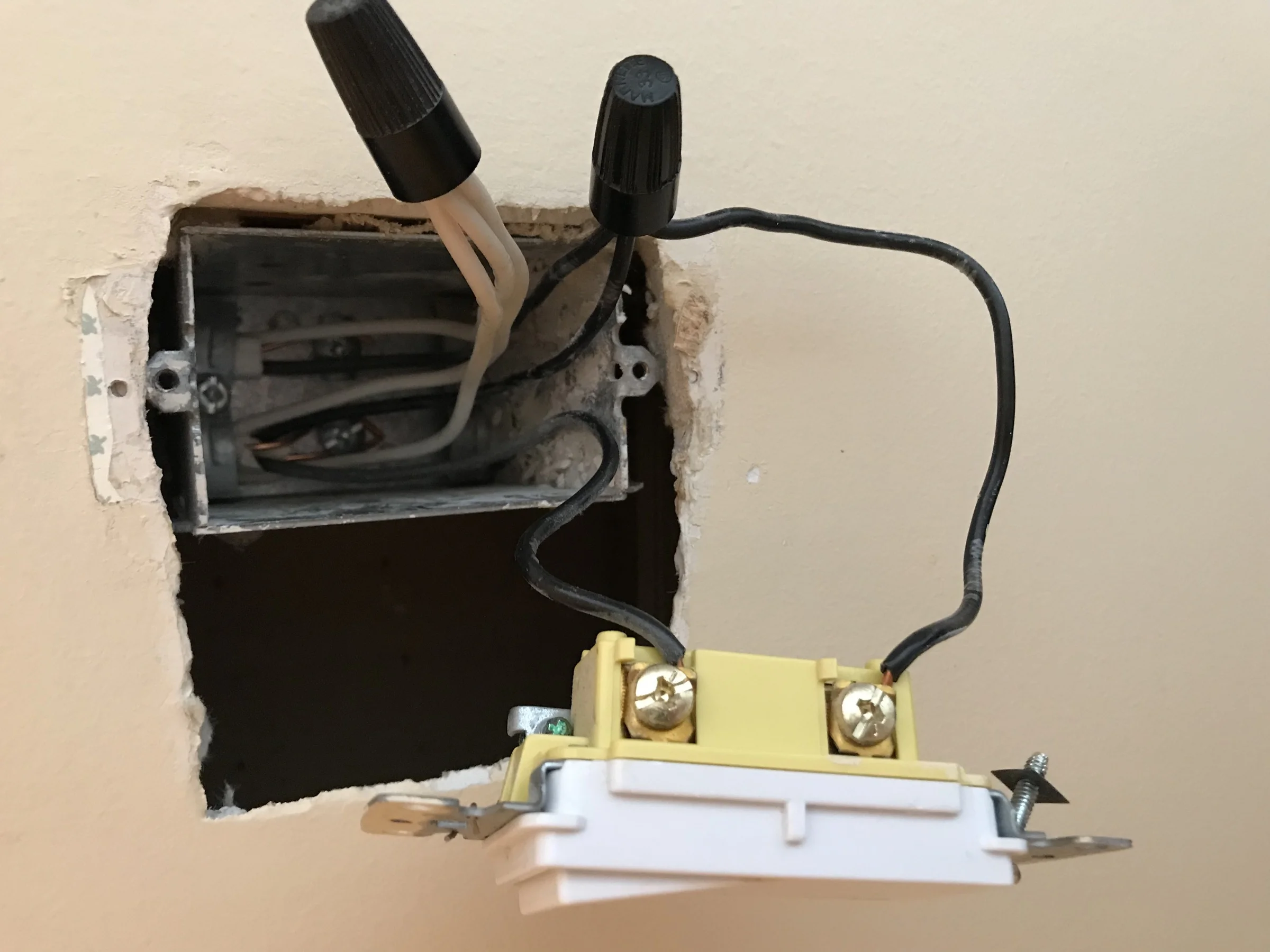



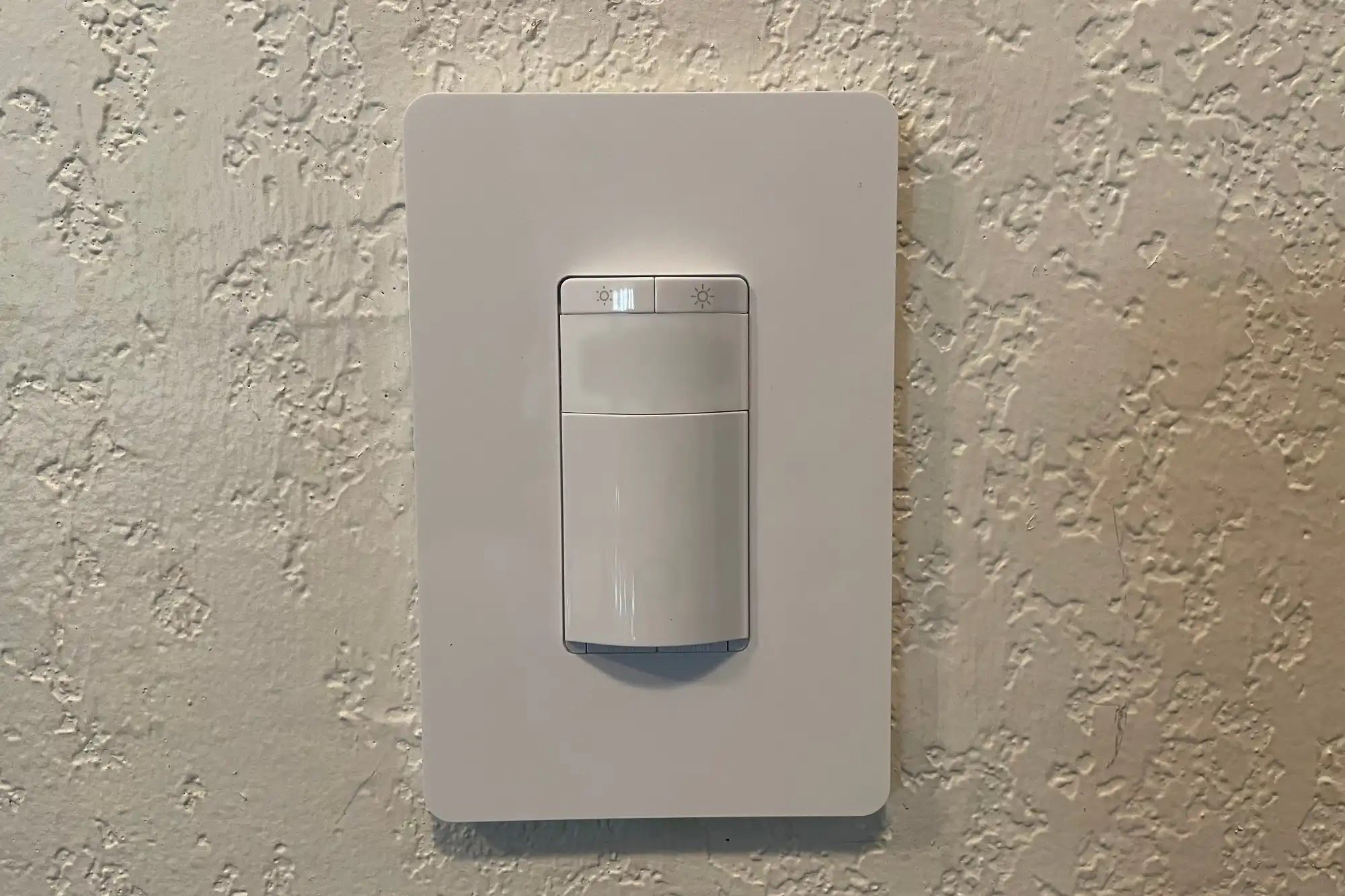
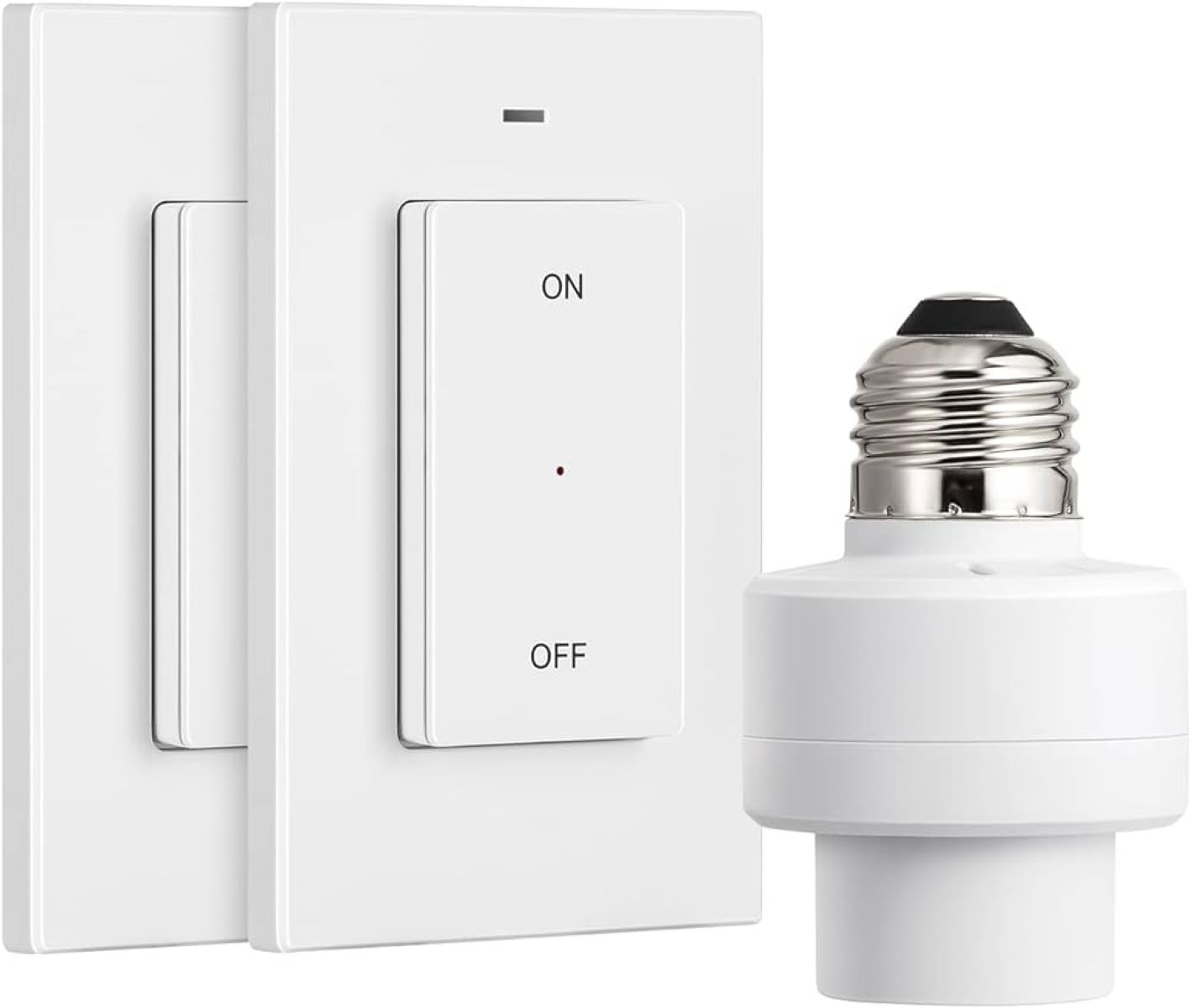
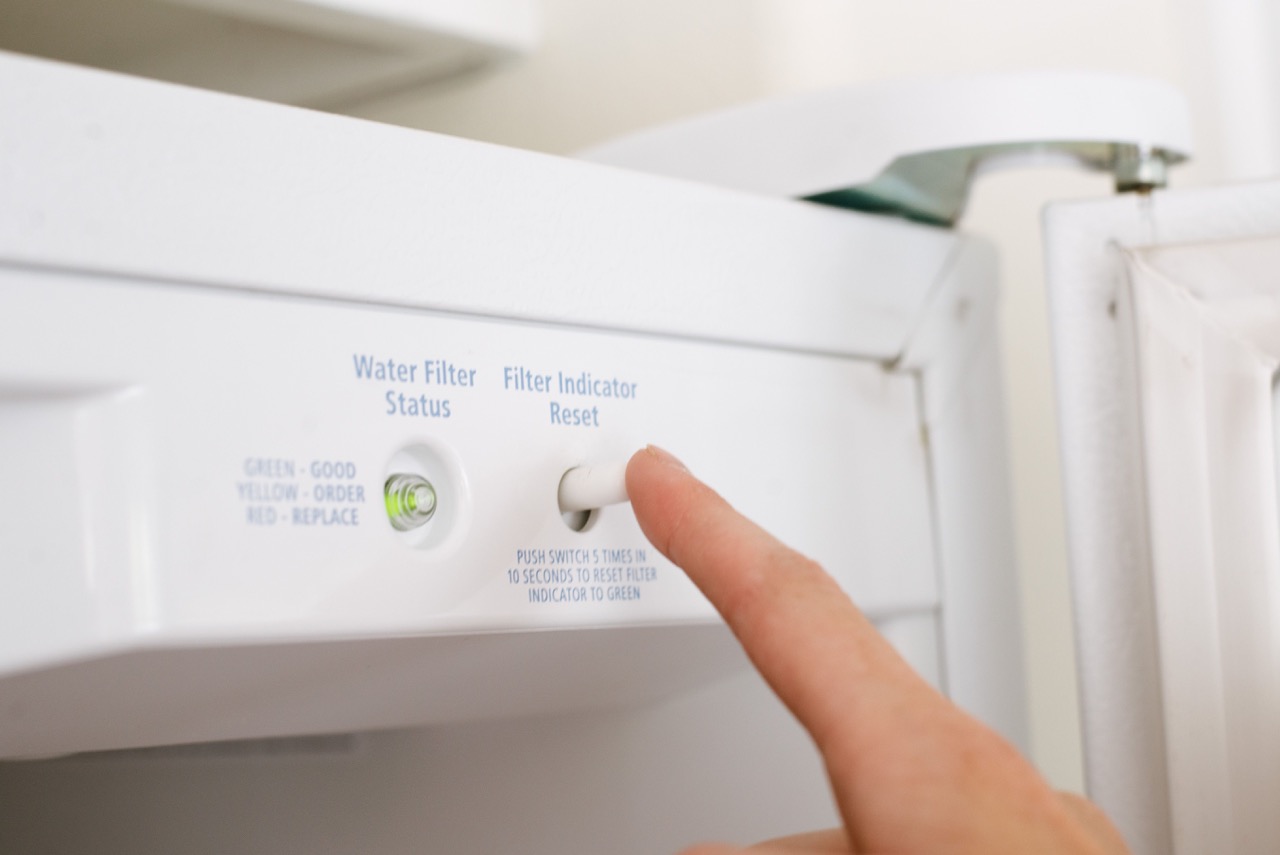

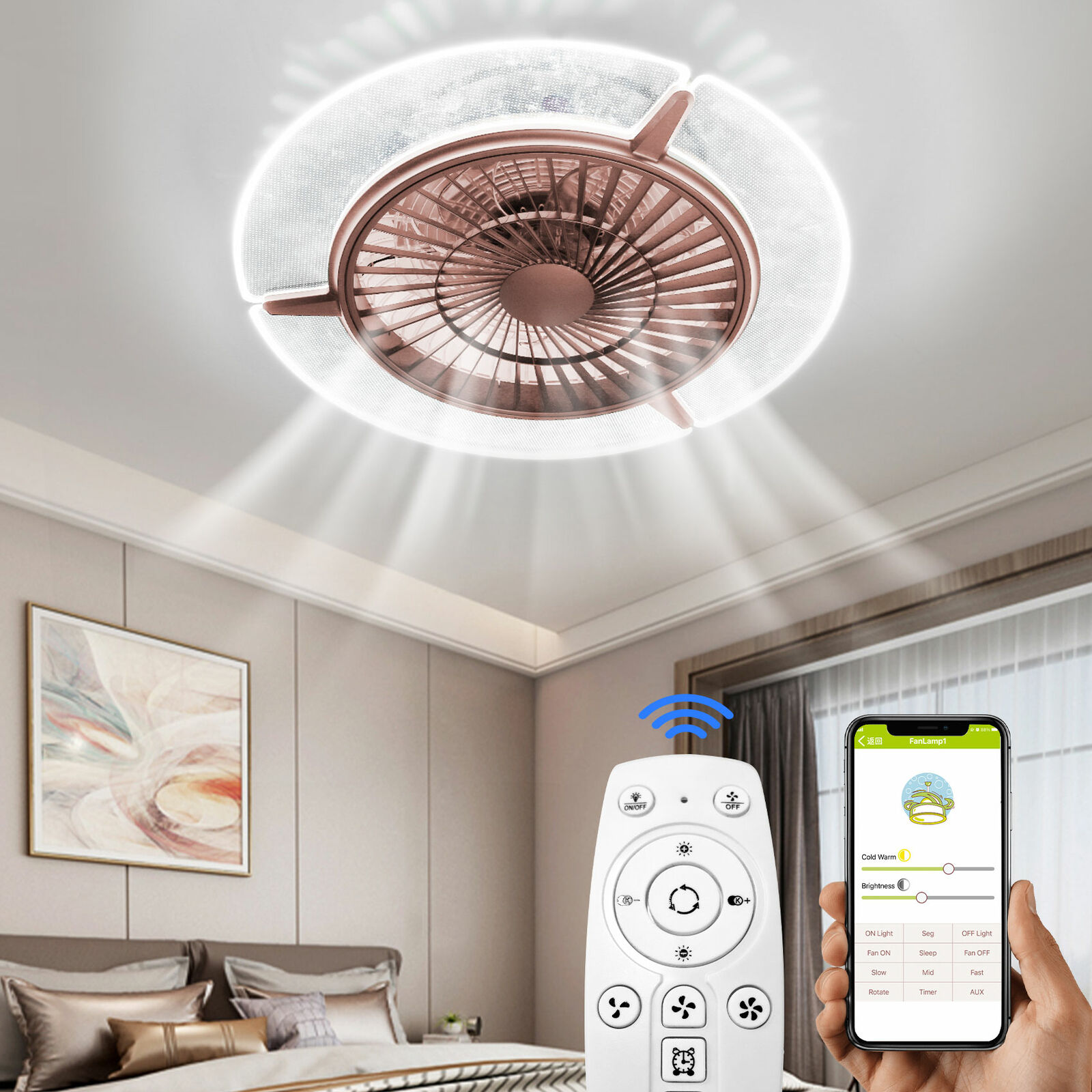

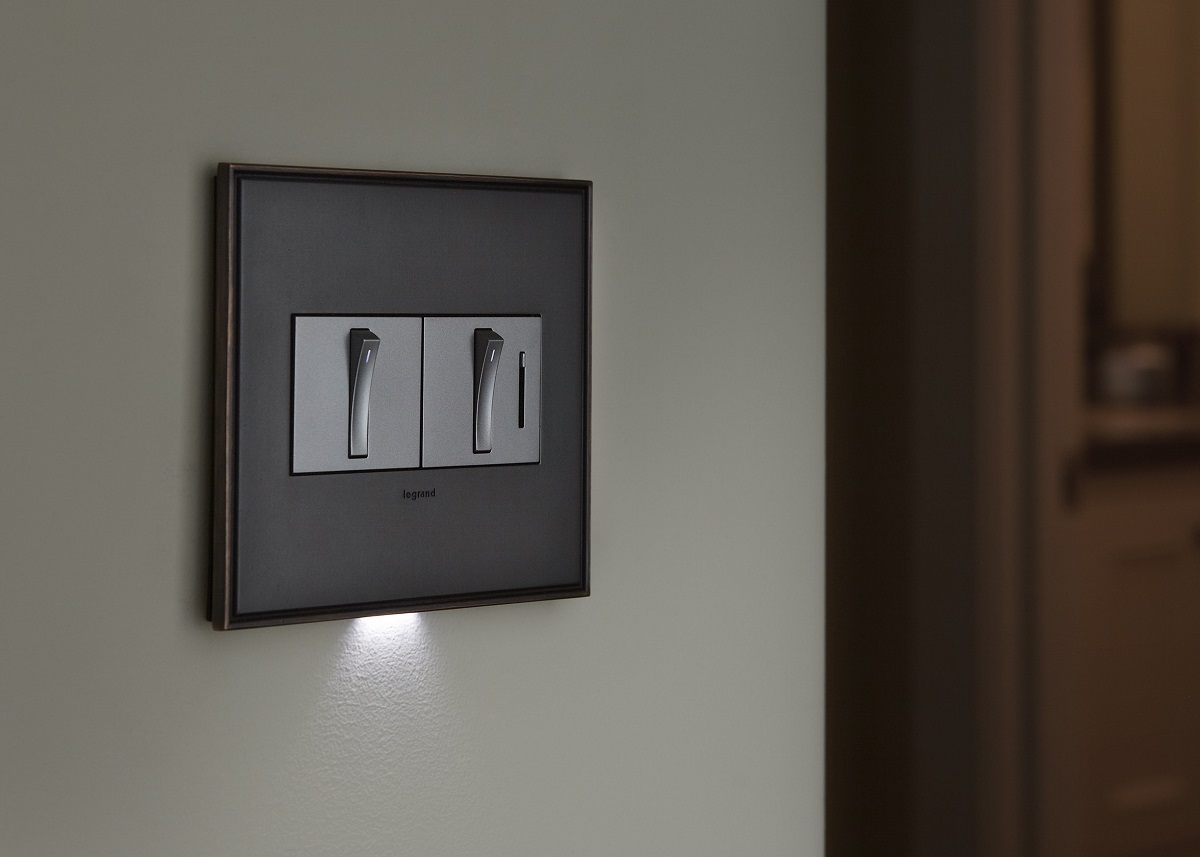

0 thoughts on “How To Childproof A Light Switch”